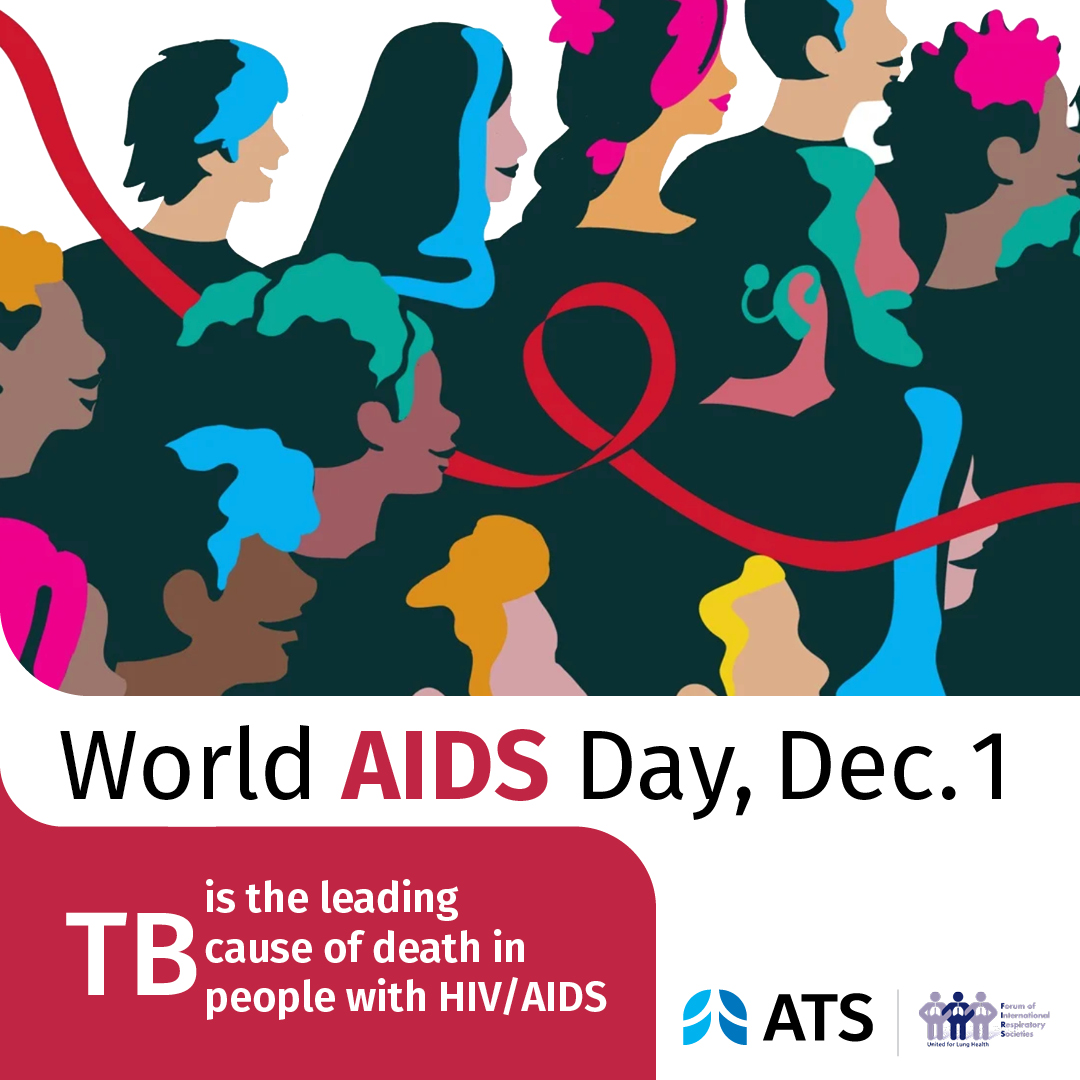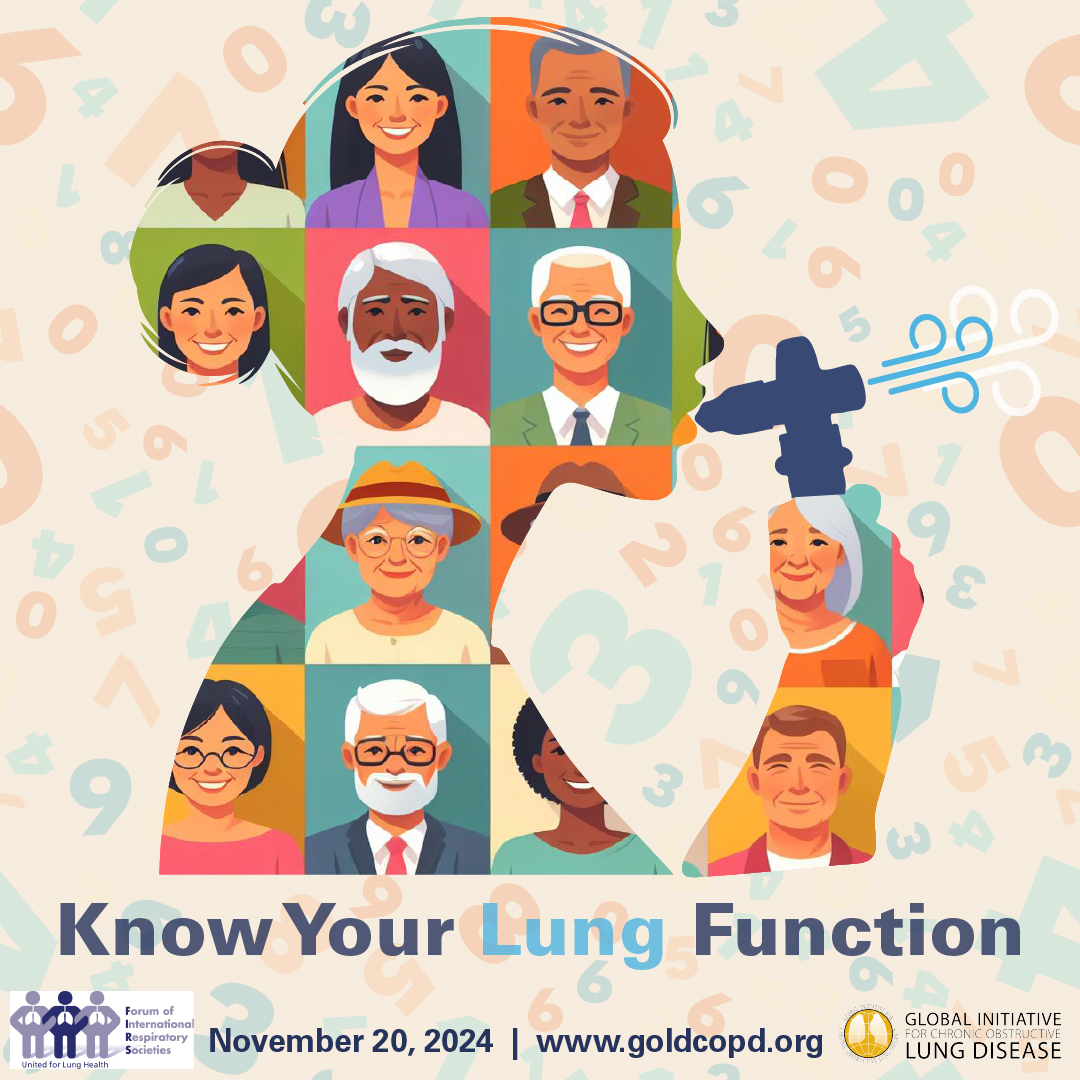An article published in the New England Journal of Medicine found associations between short-term exposure to particulate matter (PM10 and PM2.5) and cardiovascular and respiratory mortality risk, from over 600 cities across the globe. [1]
The adverse health effects of short-term exposure to ambient air pollution have been well documented. Particulate matter (PM) raises public health concerns because of its toxicity and the widespread exposure.
This study is an important international effort that evaluates the association of exposure to outdoor fine PM and cardiovascular and respiratory mortality across 652 cities in 24 countries from 6 continents. On average, a 10 mg/m3 increase in two-day moving average of PM10 was associated with increments of 0.44%, 0.36% and 0.47% in total, cardiovascular and respiratory mortality, respectively. The corresponding mortality increments for the same change in PM2.5 were 0.68%, 0.55% and 0.74%.
“This very large data sample allowed researchers to examine the data for obvious confounders while maintaining its statistical power and adjusting for known gaseous pollutants, such as ozone and sulphur dioxide as well as carbon monoxide and nitrogen dioxide.” said Clayton T. Cowl, MD, MS, President of American College of Chest Physicians and member of the Forum of International Respiratory Societies (FIRS) Environmental Committee. [2]
The most notable finding of the study is related to the exposure-response relationship between PM and mortality. “No threshold level of effect emerges from the data, indicating that at any exposure level a health risk for the exposed population still exists. Moreover, paradoxically, the percentage increase in mortality per 10 mg/m3 increase in PM air concentration is stronger at low exposures than at the highest. This result could be explained by several phenomena ranging from development of a biological ‘tolerance’ to the adverse health effects of PM in the long-term highly exposed populations to the adaptation of ‘avoidance’ behaviours (e.g. stay at home on the most polluted days) due to the higher awareness among them of this public health issue,” said Sara De Matteis, MD, MPH, PhD, Adjunct Professor at Humanitas University, Honorary Senior Lecturer at Imperial College London, and member of FIRS Environmental Committee. [3]
“Although the study’s size gives it strength,” warned Teresa To, PhD, Senior Scientist, The Hospital for Sick Children and Professor at the University of Toronto and FIRS Environmental Committee member [4], “the variation across countries may limit its ability to generate a ‘general global estimate.’ The differences between countries could be from varied exposures of concomitant gaseous pollutants, which add to the toxicity of the PM.”
The wide range of the composition of the fine particles (PM2.5) and the different toxins they contain is extremely important and also varies in different regions. Dr. Cowl concludes “Studying anything that involves data across the entire planet is difficult and involves attempting to find common denominators for measurements that span geopolitical, programmatic, or individual variation. Despite this, the study shows extremely compelling data that suggest inhalable and fine particulate matter does not just represent a common annoyance but is associated with human mortality most affecting our most vulnerable populations who suffer from underlying cardiac and respiratory illness. It should prompt not only medical providers, but also policymakers to take notice.”
Notes
[1] The paper can be viewed at: https://www.nejm.org/doi/full/10.1056/NEJMoa1817364
[2] Dr Clayton Cowl is board certified in Pulmonary, Critical Care, Occupational, and Internal Medicine and is the President of CHEST. He chairs the Division of Preventive, Occupational, and Aerospace Medicine at the Mayo Clinic. He is the Immediate Past-President of the Civil Aviation Medical Association. His research interests are in occupational asthma and toxic inhalations.
[3] Dr Sara De Matteis is Occupational and Environmental Health Physician and epidemiologist whose research centers on the effect of the environment and genetics on health, especially with regard to occupational lung diseases ranging from asthma to lung cancer.
[4] Dr. To is a Senior Scientist at The Hospital for Sick Children and a Professor at the Dalla Lana School of Public Health, University of Toronto, whose population-based research focuses on childhood asthma and its environmental influence. She is also at the Institute for Clinical Evaluative Sciences where she works on administrative databases to study healthcare in a variety of medical settings.
About the Forum of International Respiratory Societies (FIRS)
The Forum of International Respiratory Societies (FIRS) is an organisation comprised of the world's leading international respiratory societies working together to improve lung health globally: American College of Chest Physicians (CHEST), American Thoracic Society (ATS), Asian Pacific Society of Respirology (APSR), Asociación Latino Americana De Tórax (ALAT), European Respiratory Society (ERS), International Union Against Tuberculosis and Lung Diseases (The Union), Pan African Thoracic Society (PATS), Global Initiative for Asthma (GINA), and the Global Initiative for Chronic Obstructive Lung Disease (GOLD).
The goal of FIRS is to unify and enhance efforts to improve lung health through the combined work of its more than 70,000 members globally.





